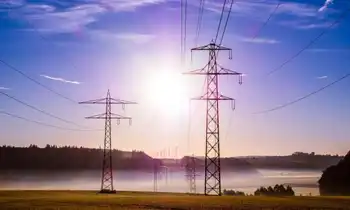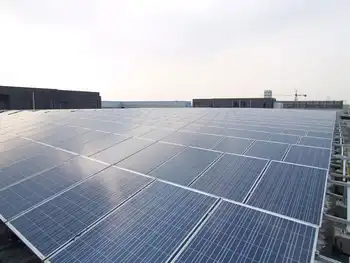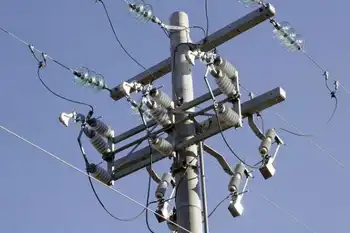Collaboration between Countries in The North Sea Region for More Wind Farms
By
CSA Z462 Arc Flash Training - Electrical Safety Essentials
Our customized live online or in‑person group training can be delivered to your staff at your location.

- Live Online
- 6 hours Instructor-led
- Group Training Available
During a meeting in Luxembourg on Monday, the countries involved – the Netherlands, Germany, Belgium, Luxembourg, France, Denmark, Ireland, Sweden and Norway – agreed to collaborate in terms of planning and constructing offshore wind farms. While collaboration will reduce building costs, it also involves looking at whether national regulations for grid management, subsidies and permits could be better harmonised. Additionally, research will be conducted into how to better coordinate national requirements for the offshore wind sector in terms of safety or the environment.
This process will explicitly involve interested parties such as social organisations, knowledge institutions, nature organisations, network managers and the business community.
Minister Henk Kamp explains, 'Collaborating more effectively will enable us to construct wind farms in the North Sea at a lower cost. The coming years will see the construction of several big wind farms in the North Sea, including five big farms in the Netherlands. This will contribute to an overall increase in the proportion of renewable energy in Europe, rising to 20 in 2020. Despite the scale of construction, there is still a great deal of space available in the North Sea. In collaboration with other countries, we are investigating what more can be done post 2020 and in the run-up to and period after 2030, as we wholly expect that the amount of wind energy will continue to show substantial growth in Europe.
One possibility is that future wind farms located close to each other in the various neighbouring countries will be connected via one single electricity cable from the sea to the land instead of a separate cable for each country.











